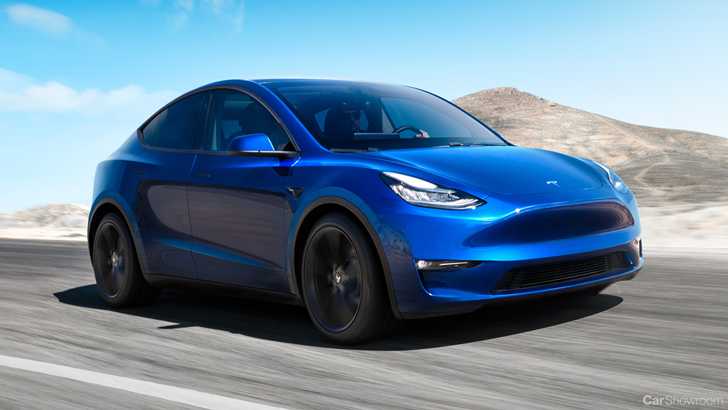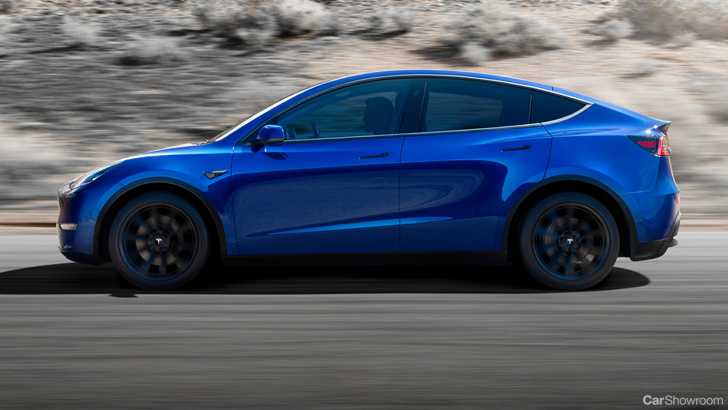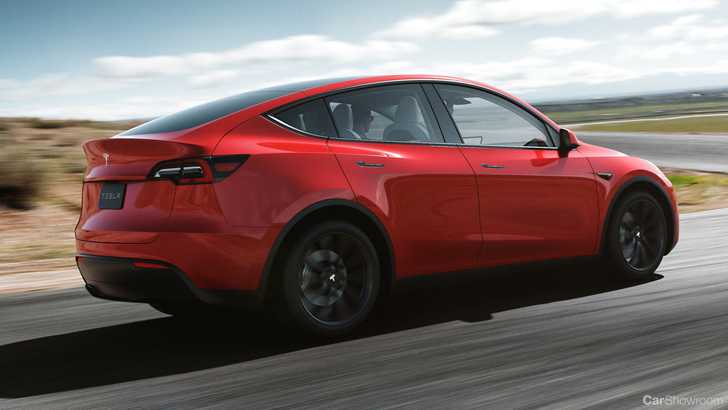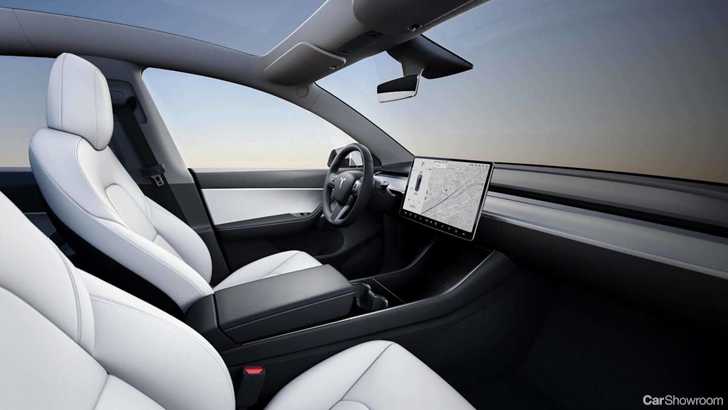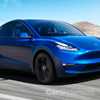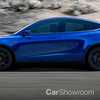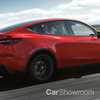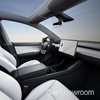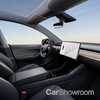This is Tesla’s newest model, a completion of the company’s planned four-vehicle ’S.E.X.Y’ rollout. At the electric automaker’s design studio just outside Los Angeles, CEO Elon Musk took to the stage to unveil the Model Y which, size wise, sits in between the Model 3 and their premium SUV offering, the Model X.
There was a lot of speculation surrounding the Model Y’s development as it was not confirmed where exactly it would sit in the Tesla line-up, though most did suspect it would be a crossover of some kind. As the audience cheered, the uproar was slightly dampened as the actual vehicle was slowly driven onto stage next to Tesla’s other electric vehicles.
With the unveil completed, Tesla has set a tentative production delivery date of Q3 2020 for the earliest customers, that being of the dual-motor ‘long-range’ variant that’s quoted as able to cover 300 miles (450km) in between charges, and comes with a price tag of around AU$66,000.
The more expensive tier of dual-motor Model Y’s will also consist of the Performance for (AU$77k), which takes the century sprint time to 3.5 seconds and top speed to 240km/h - this model will be the second variant to enter production. Lastly, the more affordable single-motor variant is also designated as ‘long-rage’, improving range slightly to 480km per charge for AU$60k.
From then on, Tesla will be introducing an entry-level version of the Model Y with a ‘standard range’ battery that’s good for 370km and is slated to come in at AU$54k, though here the 0-100km/h time falls to a still-respectable 5.9 seconds. In terms of battery capacities, very little is actually known about the specifics of the lithium ion cells built into the floor, though is likely that Tesla is limiting range through software and not through any physical limitations.
If the Model Y looks familiar to you, that’s far from abnormal as there’s surprisingly little to separate it from the design of the Model 3 that was unveiled over 2 and a half years ago. Its exterior seems to be exactly identical save for a higher roof and ride height. While today it is available in only a 5-seat configuration, a 7-seat option is coming. For this reason, Tesla is touting the Y to be as functional as an SUV, but still ride like a sports car.
While it isn’t clear yet how it’s achieved, the Model Y boasts a cargo capacity of over 1,800 litres compared to the Model 3’s advertised 424-litres, though we suspect they’re not counting the 3 with the back seats down.
Inside, its shared genetics to the Model 3 is even more cemented as the cabin boasts the same minimalist design almost completely void of control surfaces save for the steering wheel, foot pedals, and a central 15-inch landscape touchscreen.
The Model Y, given the public’s propensity to choose crossovers and SUVs over sedans and wagons, will likely be a big volume model for the California-based EV maker and a huge opportunity for growth, helping it draw closer to its objective of selling 1 million vehicles by 2020.
However, that’s if Tesla can manufacture the Model Y in high enough capacity. Because there’s so much shared with the Model 3, it is expected that the production nightmares that plagued the earlier car would not be a recurrence here with most of the lessons already learned the hard way.
For more on Tesla cars, check out our Showroom.
